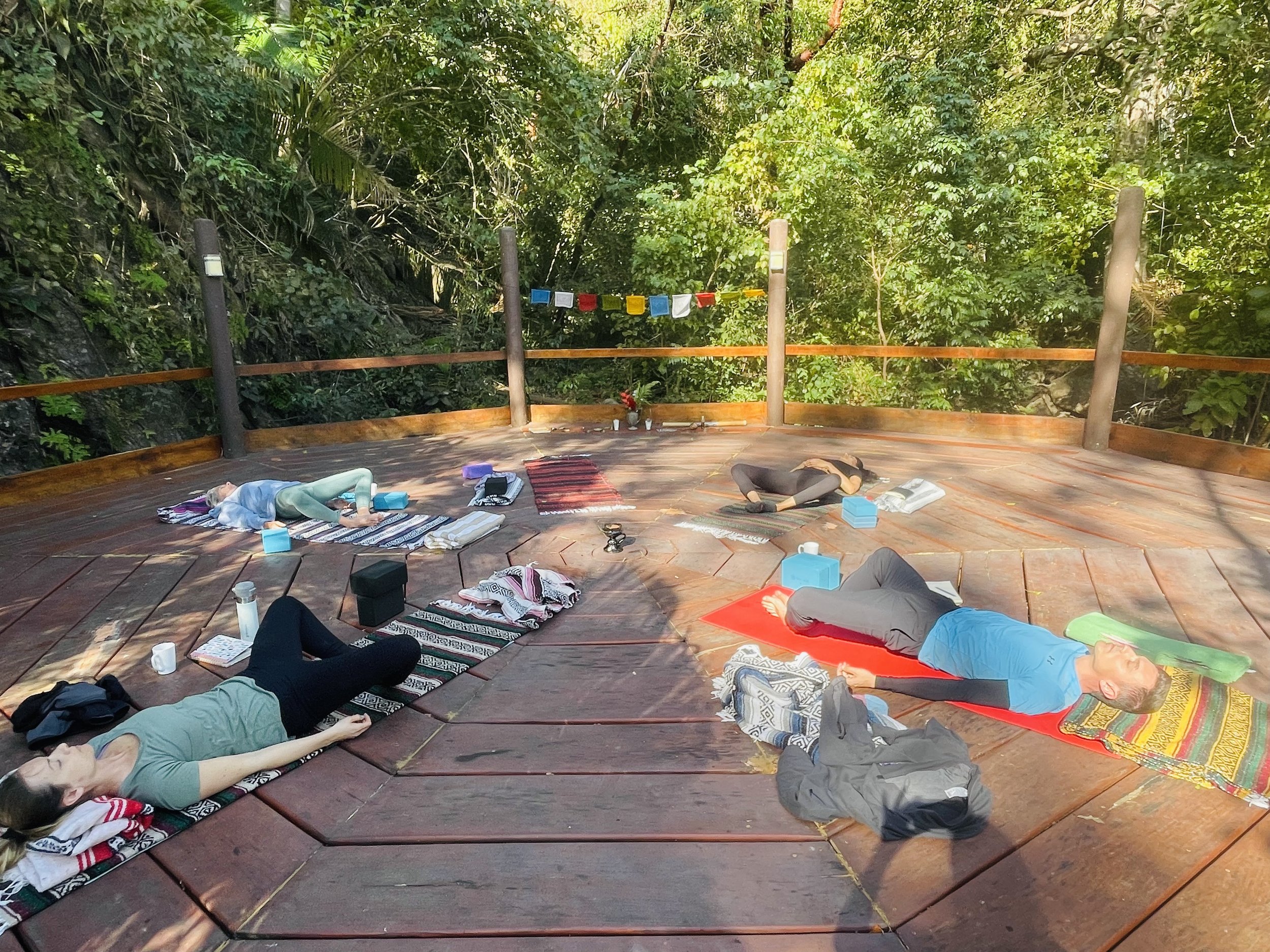Resetting the Nervous System: The Power of Somatic-Based Practices at Wellness Retreats
Resetting the Nervous System: The Power of Somatic-Based Practices at Wellness Retreats
In our fast-paced, often stressful world, the need for effective strategies to reset our nervous systems has never been more critical. Many individuals experience chronic stress, anxiety, and emotional dysregulation, often as a result of overwhelming life events. One powerful approach to reclaiming balance and well-being is through somatic-based practices offered at wellness retreats. Let’s explore how these practices can help reset the nervous system and foster holistic healing.
Understanding the Nervous System
The nervous system plays a vital role in how we respond to stress and regulate our emotions. It consists of two main components:
1. Sympathetic Nervous System (SNS): Often referred to as the “fight or flight” system, the SNS prepares the body to respond to perceived threats. While this response is essential for survival, chronic activation can lead to anxiety, tension, and various health issues.
2. Parasympathetic Nervous System (PNS): Known as the “rest and digest” system, the PNS promotes relaxation and recovery. It helps the body return to a state of equilibrium after stress.
For optimal health, it’s essential to maintain a balance between these two systems. Somatic-based practices can help shift the body from a state of sympathetic dominance to a more balanced parasympathetic state.
What Are Somatic-Based Practices?
Somatic practices focus on the mind-body connection, emphasizing the experience of physical sensations as a pathway to healing. These practices encourage awareness of bodily sensations, emotions, and movements, fostering a deeper understanding of how trauma and stress are held in the body. Common somatic-based practices include:
- Somatic Experiencing: A therapeutic approach that helps individuals process trauma through bodily awareness.
- Yoga: A movement practice that combines physical postures, meditation, breath control, and mindfulness.
- Dance and Movement Therapy: Expressive movement practices that promote emotional release and body awareness.
- Therapeutic Tremoring: An involuntary shaking technique that releases stored tension in the body.
How Somatic-Based Practices Reset the Nervous System
1. Promoting Awareness and Presence
At wellness retreats, participants often engage in somatic practices that emphasize mindfulness and body awareness. By tuning into bodily sensations and emotions, individuals can identify areas of tension and stress. This heightened awareness is the first step in recognizing and addressing imbalances in the nervous system.
2. Facilitating Emotional Release
Many people carry unprocessed emotions within their bodies, leading to chronic tension and stress. Somatic practices provide a safe space for emotional expression, allowing participants to release pent-up feelings. This process can help reset the nervous system by reducing the burden of unresolved emotions.
3. Encouraging Relaxation
Somatic practices, such as yoga and breathwork, activate the parasympathetic nervous system, promoting relaxation and a sense of calm. These techniques help lower heart rates, reduce cortisol levels, and enhance overall well-being. By encouraging the body to enter a relaxed state, individuals can reset their nervous systems more effectively.
4. Releasing Physical Tension
Somatic movement therapies focus on releasing physical tension stored in the muscles and tissues. Through intentional movement and breath, participants can ease tightness and discomfort, allowing for a more fluid and relaxed state. This physical release is essential for restoring balance to the nervous system.
5. Building Resilience
Engaging in somatic practices at a wellness retreat fosters resilience by teaching participants how to navigate stress and emotional challenges more effectively. By developing a greater understanding of their bodies and emotions, individuals can cultivate skills to manage stress in everyday life, leading to long-term nervous system regulation.
6. Creating a Sense of Safety
Wellness retreats often provide a nurturing environment that encourages vulnerability and healing. This sense of safety is crucial for individuals working through stress and trauma, as it allows them to engage in somatic practices without fear of judgment. When individuals feel safe, they are more likely to access deeper layers of healing, promoting nervous system reset.
Making the Most of Your Wellness Retreat Experience
1. Embrace Vulnerability
Be open to the process and allow yourself to experience the full range of emotions and sensations. This vulnerability can lead to profound healing.
2. Engage Fully
Participate actively in all offered somatic practices. Each experience contributes to your overall reset and healing journey.
3. Reflect on Your Experiences
Take time to journal or reflect on your experiences during the retreat. This practice can help integrate insights gained and reinforce your journey toward healing.
4. Continue the Practices
After the retreat, consider incorporating somatic practices into your daily routine. Whether it’s yoga, breathwork, or movement, these practices can help maintain the benefits of your retreat experience.
Conclusion
Somatic-based practices offered at wellness retreats provide powerful tools for resetting the nervous system. By promoting awareness, facilitating emotional release, encouraging relaxation, and building resilience, these practices foster a deeper connection to the body and a greater sense of well-being. If you’re seeking balance and healing in today’s fast-paced world, consider immersing yourself in the transformative experiences that a wellness retreat can offer. Embrace the journey, and allow your body to guide you toward a renewed sense of peace and vitality.

